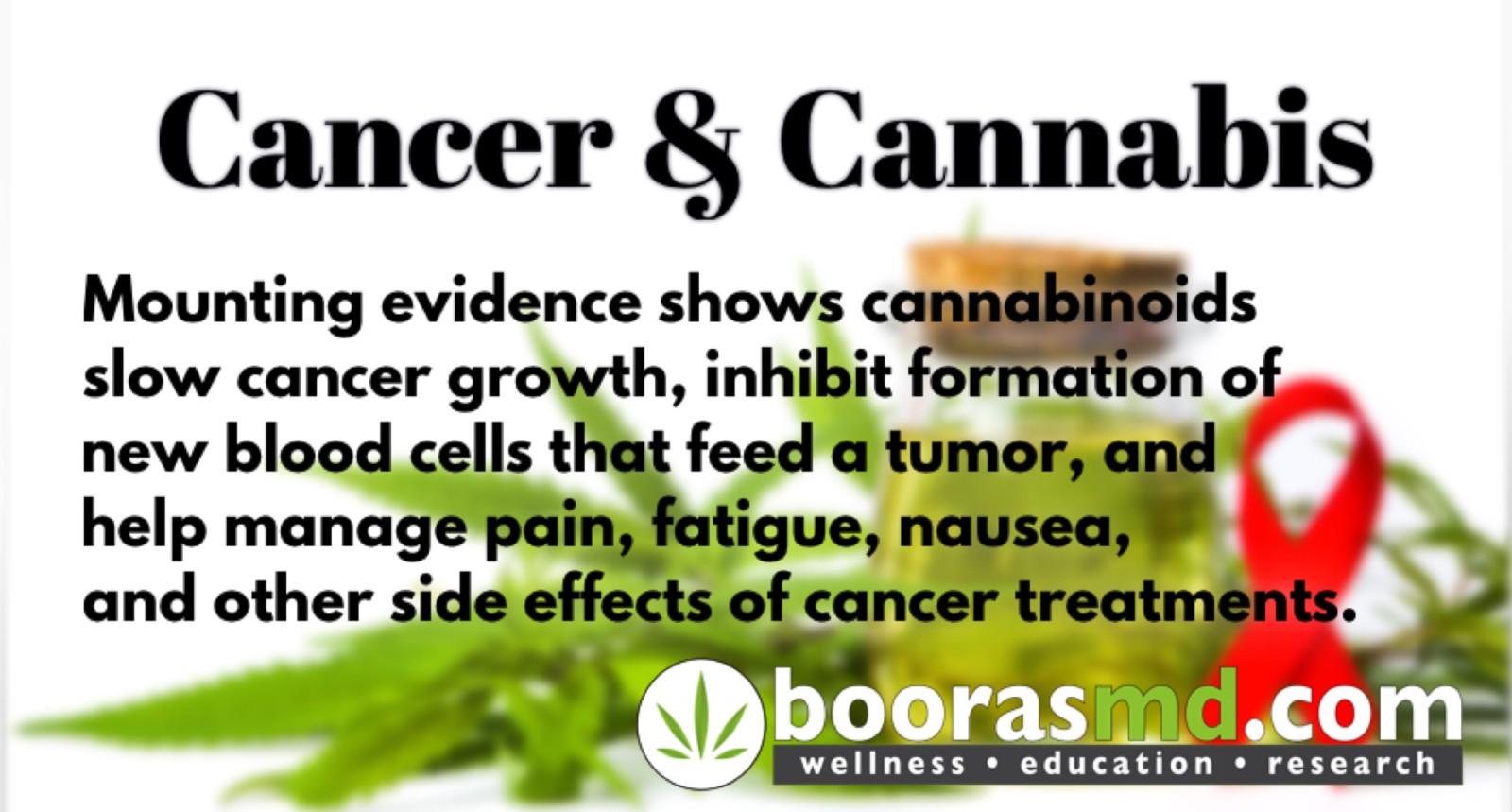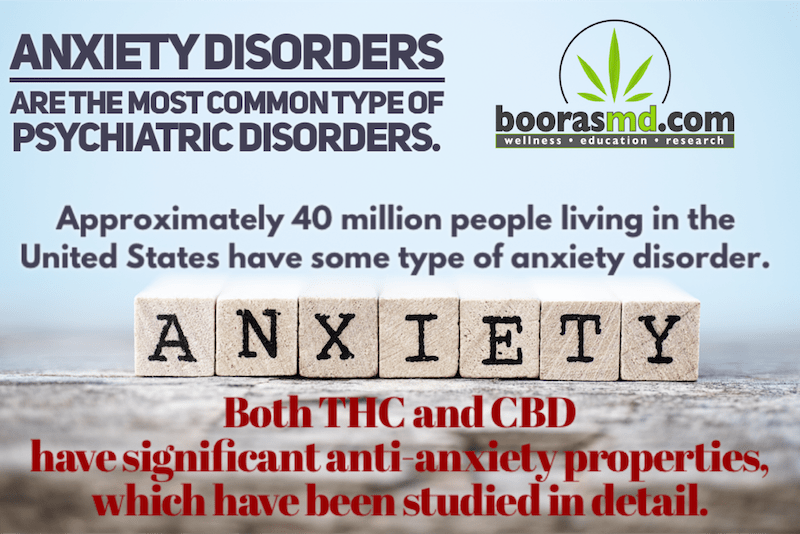Cancer and Medical Marijuana (Cannabis)
Cancer and Medical Marijuana (Cannabis)
Cancer is one of the core certifying conditions qualifying one for treatment with Medical Marijuana.
“Much attention has been paid to the unearthing of the 2500-year-old mummy known as the “Siberian Ice Maiden.” Discovered in 1993, her subterranean burial chamber included a pouch of cannabis among other archeologic findings. Magnetic resonance imaging revealed that the princess had a primary tumour in the right breast, with axial adenopathy and metastatic disease. It is hypothesized that the cannabis was used to manage her pain and perhaps other symptoms, or even possibly as a treatment for her malignant disease”.
In a 2014 WebMD poll, 82% of oncologists indicated their belief that patients should have access to cannabis, ranking highest among medical subspecialists in their support. Modern-day scientists have increasingly been turning their attention to cannabis due to its potential to inhibit or destroy cancer cells, and at the very least, manage the pain and symptoms that come with the illness. But then, ancient people seem to have known that already. https://www.ncbi.nlm.nih.gov/pmc/articles/PMC4791148/
Summary: Approximately 30 percent of all Americans will develop cancer in their lifetimes. Although two-thirds will eventually die as a result, many will live with their cancer for years and some will be cured. For this reason, researchers not only seek medicines to prevent and cure the disease but also drugs to make life more comfortable for people with cancer.
When working with cancer patients, medical cannabis treatment efforts often take two distinct paths — using cannabis to reduce symptoms and improve treatment tolerability, or using cannabis, typically in high doses, to help kill the cancer.
When used properly, medical cannabis can be a safe, effective treatment for cancer patients with chronic pain, insomnia, and chemotherapy-induced nausea and vomiting. Animal studies have shown that cannabinoids can prevent the development of neuropathic pain, a common chemotherapy side effect that can be debilitating and permanent.
The 2 primary Cannabinoids, THC and CBD both play an important role in fighting cancer. These two have different mechanisms of action, including triggering cell death, preventing cell growth and division, preventing the growth of blood vessels that feed tumors (angiogenesis), and preventing cancer cells from migrating to other areas of the body (metastasis).
Most individual accounts of success using cannabis to kill cancer involve high doses, up to 1000 mg a day, but several patient accounts describe profound reductions in cancer burden while taking low-to-moderate doses.
Cannabinoids are nontoxic to normal cells. In conventional chemotherapy, the strategy is usually to use a drug that’s more toxic to cancer cells than it is to healthy cells, and to give the patient as much as he or she can tolerate. Intolerable side effects, like peripheral neuropathy or malnutrition from nausea and vomiting, often are the limiting factors in treatment. “Cannabis dosing may be limited by side effects,” Sulak asserts, “but not by toxicity that will lead to long-term limitations.” https://www.projectcbd.org/medicine/cannabinoids-cancer-clinic
Conventional treatment: Could include; Radiation, Chemotherapy, Immunotherapy, Targeted therapy, Hormone therapy, Stem cell transplant, Precision Medicine, and/or Surgery.
Medical Cannabis:
Cannabinoids exhibit their action by inhibiting cancer cell proliferation and survival. Many experiments have shown that cannabinoids inhibit proliferation of cancer cells, stimulate self-consumption of cells (autophagy) and programmed cell death (apoptosis). Cannabis also has the potential to inhibit angiogenesis (new blood vessel formation as a food supply for cancer cells) and metastasis (spread of cancer cells from the site of origin).
Mounting evidence shows that cannabinoids can slow cancer growth, inhibit formation of new blood cells that feed a tumor, and help manage pain, fatigue, nausea, and other side effects of cancer therapy. https://www.projectcbd.org/medicine/cbd-thc-cancer
“To summarize, cannabis and cannabinoids are useful in managing symptoms related to cancer and its treatment. Exciting preclinical evidence suggests that cannabinoids are not only effective in the treatment but also in the prevention of chemotherapy-induced peripheral neuropathy. Cannabinoids could be synergistic with opioids in the relief of pain. The safety profile of cannabis is acceptable, with side effects that are generally tolerable and short-lived. Preclinical data suggest that cannabinoids could have direct anti-tumour activity, possibly most impressive in central nervous system malignancies. Clinical data about the effects of cannabis concentrates on cancer are as yet unavailable (as THC and even CBD are inappropriately classified as Schedule I. Editors note. https://boorasmd.com/education/articles/why-is-cannabis-illegal-and-why-is-it-designated-as-a-schedule-1-substance/ ). Oncologists could find cannabis and cannabinoids to be effective tools in their care of patients living with and beyond cancer.” https://www.ncbi.nlm.nih.gov/pmc/articles/PMC4791148/
Additional References:
Written by Charlie Booras, MD on 8/25/20
Updated on July 7, 2022








